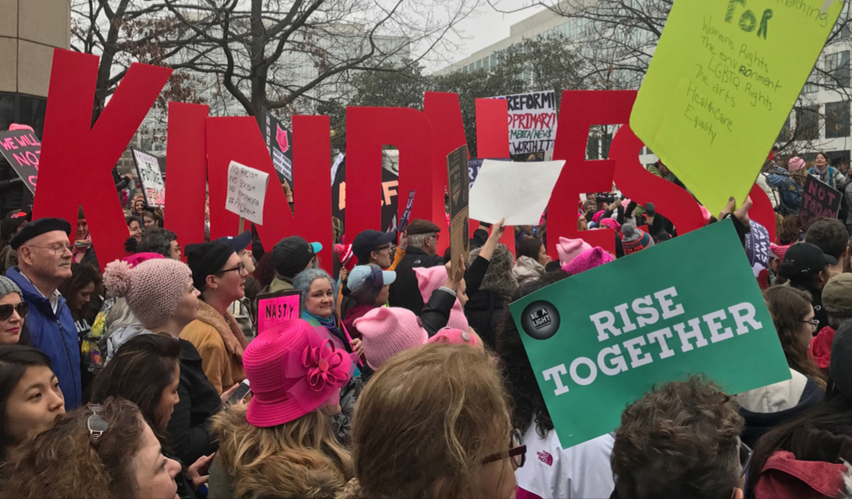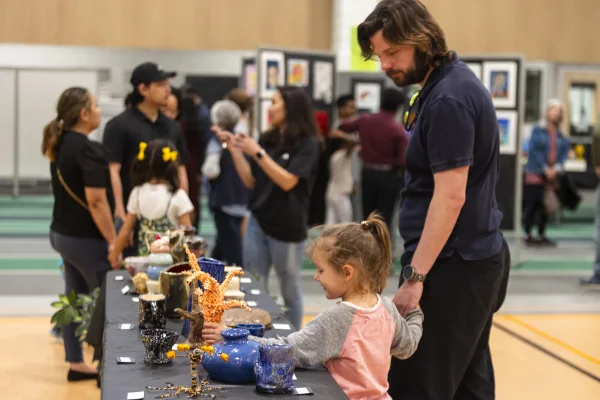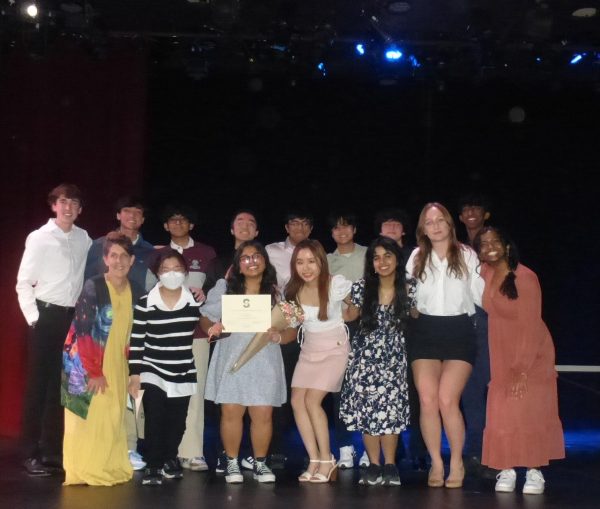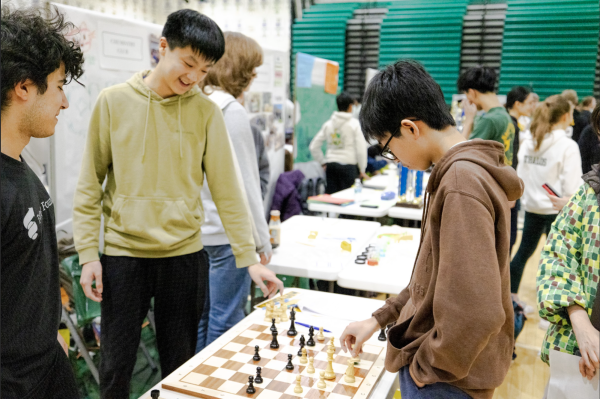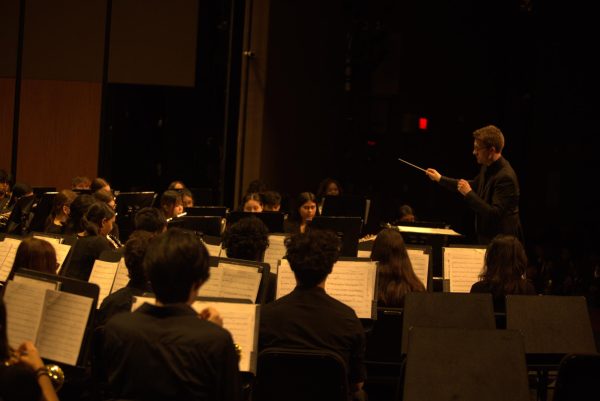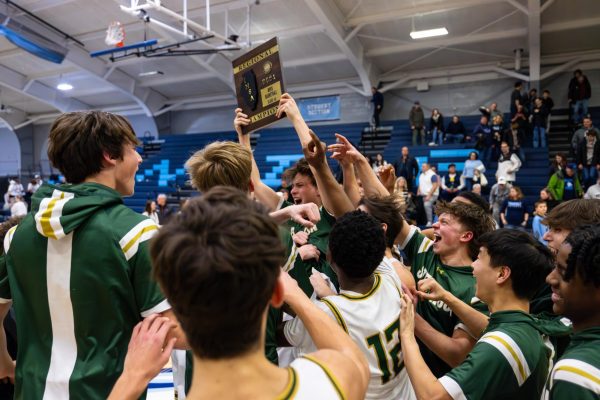A statement of solidarity
Women’s marches across the globe spark discussion regarding new president, civil rights
With over 3.2 million participants in more than 500 U.S. cities, the women’s marches that took place on January 21st, only a day after President Trump’s inauguration, have been the largest U.S. demonstration in history, according to The Atlantic.
The largest march took place in Washington D.C. with an estimated 470,000 participants, followed by Los Angeles at 350,000 and then Chicago at 250,000.
English teacher Elizabeth Maxwell travelled to march with her daughter in D.C.
“I saw women of all generations coming together, sharing stories, laughing, hugging and bonding over shared concern about the direction they saw our country heading,” Maxwell said.
Maxwell said that most of the people she met had never participated in a march before. She described the statement of solidarity as incredibly uplifting and energizing.
“It renewed my faith in people and I believe it brought out the best of people,” Maxwell said.
The marches drew people from several different races, ages, physical abilities, ethnicities and genders.
Danny Levin ’18 attended the march in Chicago.
“It affects everybody because women’s rights are human rights,” Levin said.
Elizabeth Turok ’18, also attended the march in Chicago. Turok felt compelled to go not only as a woman pushing for reproductive rights, but for a multitude of social and political issues.
“The women’s march wasn’t just about women,” Turok said. “It was about speaking up for people who our president has been neglecting and people he has shown a lot of hate towards.”
According to Turok, the marches showed that people weren’t alone. She felt an atmosphere of peacefulness.
Turok went with two friends, one of Mexican descent and one who identifies with the LGBT community. The marches were very important to them as a means of standing up for their rights.
“To quote one of the chants, ‘the people united will never be divided,’” Turok said.
Some of the march’s goals attracted bipartisan support. Rebekah Dibartolomeo ’18, a Trump supporter during the election, said that she thought the march stood for a good cause.
“I can see both sides,” Dibartolomeo said.
While Dibartolomeo understood the reasons for the march, she was disappointed with the language used on some signs.
Kristin Cardella ’17 had similar feelings of disapproval.
“I just think that there was a much better way of approaching the distrust, distaste, and dislike of Trump,” Cardella said. “The representation of women as a whole could’ve been represented so much better.”
On the other hand, Maxwell described a feeling of kindness. When she got to the train station, there were three steep sets of escalators––all of which had probably been turned off in an effort to avoid injury.
There was a woman in a walker going down Maxwell’s line, moving very slowly, but no one said anything or became annoyed.
“We get to the bottom and a stranger who was helping the elderly woman turned to her and said ‘thank you for marching,’” Maxwell said.
After some initial backlash, the march became increasingly intersectional. Turok spoke with a man who had developmental disabilities and was grateful for the marchers.
“He told me, ‘thank you for representing me––I’m a person,”’ Turok said.
The marches were not limited to the United States. They spread to Australia, Canada, Germany, England, Serbia, Kenya, Ghana, India, France and other countries.
“People realized that values at the people’s core were being threatened and knew they had to speak out about it,” Maxwell said. “This isn’t just a uniquely American phenomenon, this belief in dignity and respect for women and their right to decide own future and fate.”
Dibartolomeo said that she didn’t think the march would have much of an impact.
Maxwell holds different beliefs, thinking the march made an important statement.
“It’s the future,” Maxwell said. “This is aimed at the future, and I really think young women have to carry on the beliefs and traditions that we’ve worked so hard to establish for the last decade.”


